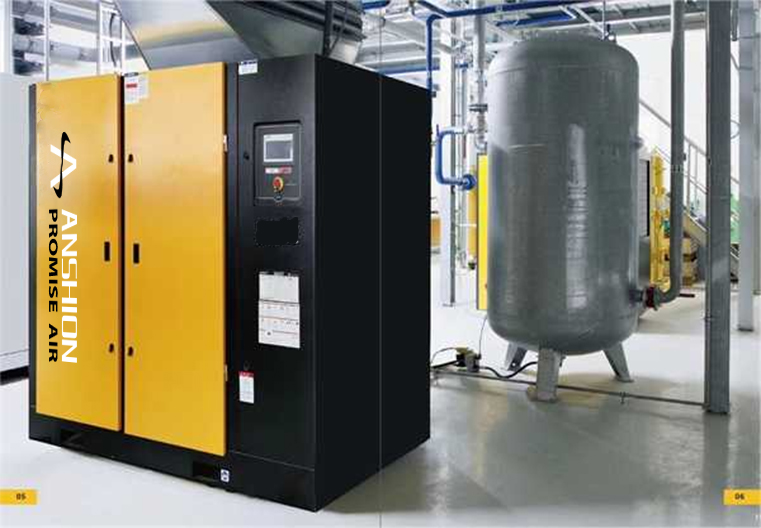2025/1/2 8:50:10
Resources
How to effectively drain water from an air compressor
First, the drainage principle of air compressor
The drainage principle of air compressor is mainly based on the
following factors:
Humidity in the air: The air always contains a certain amount of
moisture, that is, humidity. When the air is compressed by the air compressor,
its temperature and pressure will rise, causing the water in the air to reach a
supersaturated state, and then precipitate into liquid water. This is the main
reason for the water produced inside the air compressor.
Condensation phenomenon: During the working process of the air
compressor, the compressed air temperature will increase significantly. When
these high temperature and high pressure compressed air enters the gas tank or
other cooling equipment, the water vapor in the air will condense into liquid
water due to the rapid drop in temperature (such as heat dissipation through
the tank wall or heat exchange with the cooling medium). Especially in humid
environments or winter, condensation is more obvious.
Physical separation: In addition to condensation, some parts of
the air compressor system (such as oil and gas separators, water separators,
etc.) can further separate and remove water and oil in the compressed air by
physical means. These components typically use the principles of gravity,
inertia or centrifugal force to separate water and oil from the compressed air.
Second, how to effectively drain water
In order to ensure the normal operation of the air compressor
and extend its service life, effective drainage measures must be taken. Here
are some effective drainage methods:
Regular manual drainage:
For small air compressors or air compressors that do not require
continuous operation, the drainage valve can be opened manually on a regular
basis to discharge condensate. This usually needs to be done after the
equipment is shut down to avoid affecting the normal operation of the equipment
during the drainage process.
The drain valve is usually located at the bottom of the gas tank
or other places that are prone to water accumulation. Operators need to
regularly check whether the drainage valve is unimpeded and clean up impurities
that may be blocked in time.
Install automatic drainage system:
For large air compressors or compressors that require continuous
operation, installing an automatic drainage system can greatly improve drainage
efficiency and reduce manual intervention. Automatic drainage systems usually
include drainage valves, water level sensors, drainage timers and other
components.
When the water level sensor detects that the water level in the
gas tank or pipe exceeds a preset value, the drainage timer starts and opens
the drainage valve to automatically discharge the condensate. This ensures that
the equipment is always dry during operation.
Use drying equipment:
Installing drying equipment in the air compressor system (such
as cold dryers, adsorption dryers, etc.) can further remove moisture from the
compressed air. These devices typically use principles such as cooling,
adsorption, or membrane separation to reduce the dew point temperature of
compressed air, thereby removing moisture from it.
The use of drying equipment can not only improve the dryness of
compressed air, but also reduce the failure rate and maintenance costs of
subsequent equipment (such as spraying equipment, pneumatic tools, etc.).
Regular maintenance and inspection:
Regular maintenance and inspection of the air compressor system
is the key to ensure the drainage effect and the normal operation of the
system. Maintenance includes cleaning drainage pipes, replacing damaged
components, and checking the tightness of drainage valves.
At the same time, it is also necessary to pay attention to check
whether the operating environment of the air compressor is too humid or there
are other factors that may lead to increased moisture, and take corresponding
measures to improve.
Sum up
The drainage principle of air compressors is mainly based on
factors such as humidity in the air, condensation phenomenon and physical
separation. In order to ensure the normal operation of the air compressor and
extend its service life, effective drainage measures must be taken. These
measures include regular manual drainage, installation of automatic drainage
systems, use of drying equipment, regular maintenance and inspection, and
installation of oil and gas separators and condensate processors. By combining
these measures, you can ensure that the air compressor system is always kept in
a dry state and improve its operating efficiency and reliability.
